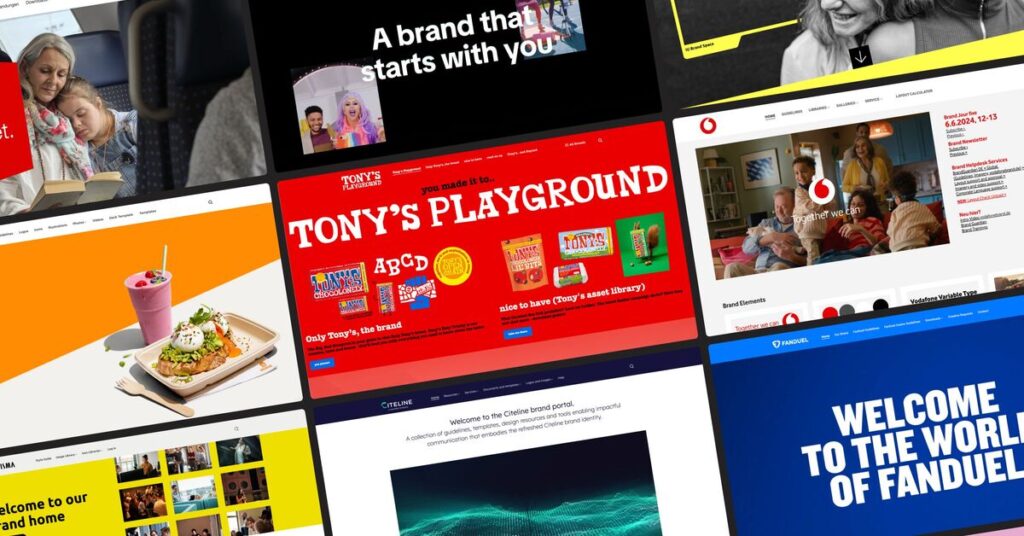Captivating imagery is crucial in brand-building and consumer decisions. Brand images are storytellers that invoke emotions and emphasize significance. Photography branding is an indispensable tool for creating first impressions, setting the desired mood, and capturing fleeting attention spans. Images can connect with audiences more deeply, making them powerful tools for brand-building and influencing purchasing decisions. A high-quality image not only conveys necessary details but also has the power to evoke emotions and provide insights into product features.

These images, called Atmospheric Images, are strategically used in packaging, retail displays, or digital platforms to elevate a brand’s identity and overall impact. Let’s delve into the concept of Atmospheric Images and how they relate to photography branding.
What are Atmospheric Images?
Atmospheric images are photos that create a mood, a feeling, or a story around your product or service. They are not just plain product shots, but rather images that show how your product is used, who uses it, and what benefits it brings. Atmospheric images can also showcase your brand personality, values, and identity. For example, if you sell coffee, you can use atmospheric images to show people enjoying your coffee in different settings, such as at home, at work, or a cafe. You can also use images that highlight the quality, aroma, and taste of your coffee, or the social and environmental impact of your coffee production. Atmospheric images can be used in various channels, such as your website, online store, social media, brochures, packaging, advertising, and fairs. They can help you reach different audiences, such as potential customers, existing customers, influencers, and partners.

Why are Atmospheric Images Important?
Atmospheric images are important because they can help you:
Grab attention: People are bombarded with information and stimuli every day, so you need to catch their eye and make them stop and look at your product. A good atmospheric image can do that, by being visually appealing, intriguing, or surprising.
Communicate value: People want to know what your product can do for them, how it can solve their problems, or how it can improve their lives. A good atmospheric image can show that, by highlighting the features, benefits, or outcomes of your product.
Build trust: People want to buy from brands that they trust, that they can relate to, and that they share values with. A good atmospheric image can convey that, by showing the quality, authenticity, or personality of your brand.
Create emotion: People buy with their hearts, not just their heads. They want to feel something when they buy your product, such as happiness, satisfaction, or excitement. A good atmospheric image can evoke that, by showing the emotions, experiences, or stories that your product can offer.

How to Use Atmospheric Images Effectively?
Using atmospheric images effectively comes down to understanding five key players: your audience, your goals, your brand, your message, and your chosen channel. Think of them as allies working together to craft a powerful visual story that resonates deeply.
1. Knowing Your Audience: It’s all about speaking to the right hearts and minds. Who are your ideal customers? What makes them tick? What are their hopes, dreams, and pain points? By creating detailed buyer personas, you can use imagery that speaks directly to their needs and desires.
2. Knowing Your Goals: Where are you trying to go with these images? Are you aiming to raise brand awareness, spark conversations, or drive sales? Setting SMART goals (Specific, Measurable, Achievable, Relevant, and Time-bound) gives you a clear roadmap to measure the impact of your visual storytelling.
3. Knowing Your Brand: Let your unique personality shine through! What defines your brand’s essence? What values do you hold dear? What story are you trying to tell? Craft a brand guide that captures this essence and serves as your compass for creating images that are consistent, recognizable, and truly reflect your brand’s core.
4. Knowing Your Message: What’s the important things you want your audience to remember? Is it your unique selling proposition, your value proposition, or your brand promise? Use a message map to structure your message and key points, ensuring that your images align seamlessly with the story you’re trying to tell.
5. Knowing Your Channel: Choose the right platform for your visual masterpiece. Are you targeting Instagram’s vibrant community, or LinkedIn’s professional crowd? Each channel has its own strengths and limitations. Understanding these nuances allows you to optimize your image format, size, quality, and placement for maximum impact.

By understanding these five key players and harnessing their power, you can transform your atmospheric images from simple visuals into powerful tools that connect with your audience on a deeper level, achieving your marketing goals and building a brand that truly resonates. Atmospheric images can also be part of your photography branding strategy, as they can help you attract, inform, persuade, and delight your customers, by using the power of visual storytelling.
Diverse Applications of Photography Branding
The purview of photography branding extends far beyond just product images. It encompasses packaging visuals, social media posts, personal branding shots, and website content, with each application serving a unique purpose. From showcasing products in real-life scenarios to offering a behind-the-scenes peek into the brand’s ethos, consistency in branding imagery is paramount in fostering a recognizable brand identity that resonates with customers.

Captivating Audiences in the Digital Space
In the age of online interactions, particularly on social media, captivating visuals reign supreme. Personal branding photography, which features the faces and personalities behind a venture, is emerging as a notable trend. It adds a human touch to businesses, effectively transforming their leaders into influencers. Similarly, impactful website and blog images are integral in creating emotional associations, introducing team members, and establishing unique brand identities.
Shaping Perceptions and Fostering Connections
Photography branding is a potent tool that shapes perceptions and fosters connections with your audience. Consistency, quality, and deliberate use of images all contribute to a brand’s uniqueness and visibility. By leveraging the storytelling power of imagery, brands can effectively convey their messages and make lasting impressions on their customers.

The Takeaway
Photography can be a powerful tool for branding, as it has the ability to create a strong impression of your product and brand through the use of atmospheric images. These images showcase your product being used, who uses it, and what benefits it brings. They can also highlight your brand’s personality, values, and identity. By using atmospheric images, you can effectively communicate your brand message, set the tone and mood, and attract people to engage with your brand. To use atmospheric images effectively, you must have a clear understanding of your audience, goals, brand, message, and channel, and use them to create images that align with your marketing strategy. The use of atmospheric images can help you enhance your brand and sales, by exploiting the power of visual storytelling.
Read More: Texture and Design Harmony: Kikin’s Branding Blends Crispness with Warmth



